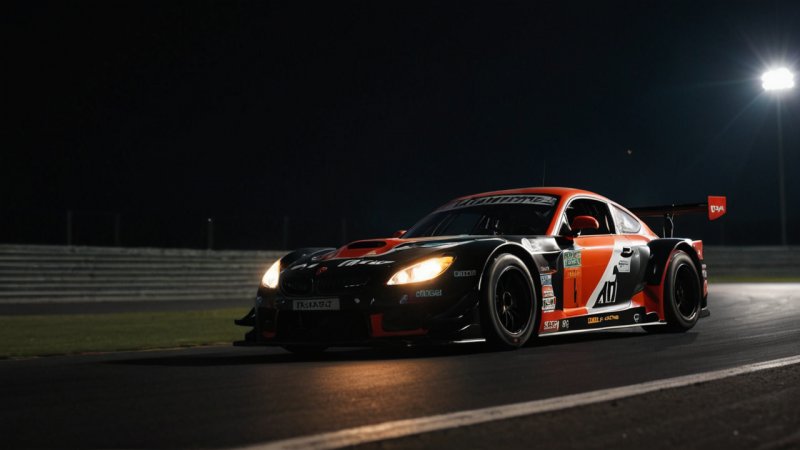Introduction
Night racing presents unique challenges and opportunities for motorsport enthusiasts. Whether you're a seasoned racer or a beginner, understanding how to prepare for racing under the stars is crucial for both performance and safety. From adjusting your vehicle's lighting to honing your driving skills, this article will address common questions about how to effectively prepare for night racing conditions.
What are the key differences between day and night racing?
Night racing differs significantly from day racing in several aspects:
- Visibility: The absence of natural light can make it difficult to see the track and other competitors.
- Temperature: Night temperatures can drop, affecting tire performance and grip.
- Fatigue: Racing at night may require more mental focus, leading to quicker fatigue.
How do I improve my visibility while racing at night?
Improving visibility is paramount for safe night racing. Here are some tips:
- Upgrade your headlights: Ensure that your vehicle's headlights are bright and properly aimed.
- Use auxiliary lights: Consider adding fog lights or additional LED lights for better illumination.
- Clean your windshield: A clear view is essential; make sure your windshield is spotless and free of smudges.
What adjustments should I make to my vehicle for night racing?
Several adjustments can enhance your vehicle's performance during night races:
- Tire selection: Choose tires that perform well in cooler temperatures and provide good grip.
- Suspension tuning: Fine-tune your suspension to handle changes in track conditions at night.
- Check your lighting system: Ensure all lights are functioning and bright enough for night visibility.
How can I train for night racing?
Training for night racing involves both physical and mental preparation:
- Practice in low-light conditions: Find opportunities to practice on the track after sunset to simulate race conditions.
- Work on focus and concentration: Engage in activities that improve your mental acuity, such as reaction drills or simulation games.
- Stay physically fit: Maintaining peak physical condition will help combat fatigue during long night races.
What should I wear for night racing?
Your attire can significantly impact your comfort and performance:
- Wear reflective gear: Consider wearing reflective or light-colored clothing to enhance visibility.
- Choose appropriate footwear: Opt for racing shoes that provide grip and comfort.
- Use protective gear: Always wear your helmet and other necessary protective gear, even at night.
Are there any safety precautions I should take?
Safety should always be your top priority when racing at night. Here are some precautions:
- Know the track: Familiarize yourself with the layout before racing in the dark.
- Communicate with your team: Ensure your pit crew and team are aware of your plans and any potential issues.
- Stay hydrated: Even at night, staying hydrated is critical for maintaining focus.
How do I handle fatigue during a night race?
Fatigue can be a significant factor in night racing, so consider these strategies:
- Take breaks: If the race allows, take short breaks to rest and recharge.
- Stay alert: Use techniques such as deep breathing or stretching to keep your energy up.
- Manage your pace: Don’t push too hard at the beginning; conserve energy for the latter parts of the race.
Conclusion
Preparing for night racing conditions requires a strategic approach that encompasses vehicle adjustments, personal readiness, and safety measures. By addressing the unique challenges of racing at night, you can enhance your performance while prioritizing safety. Keep these tips in mind, and you'll be better equipped to tackle the track under the stars.






